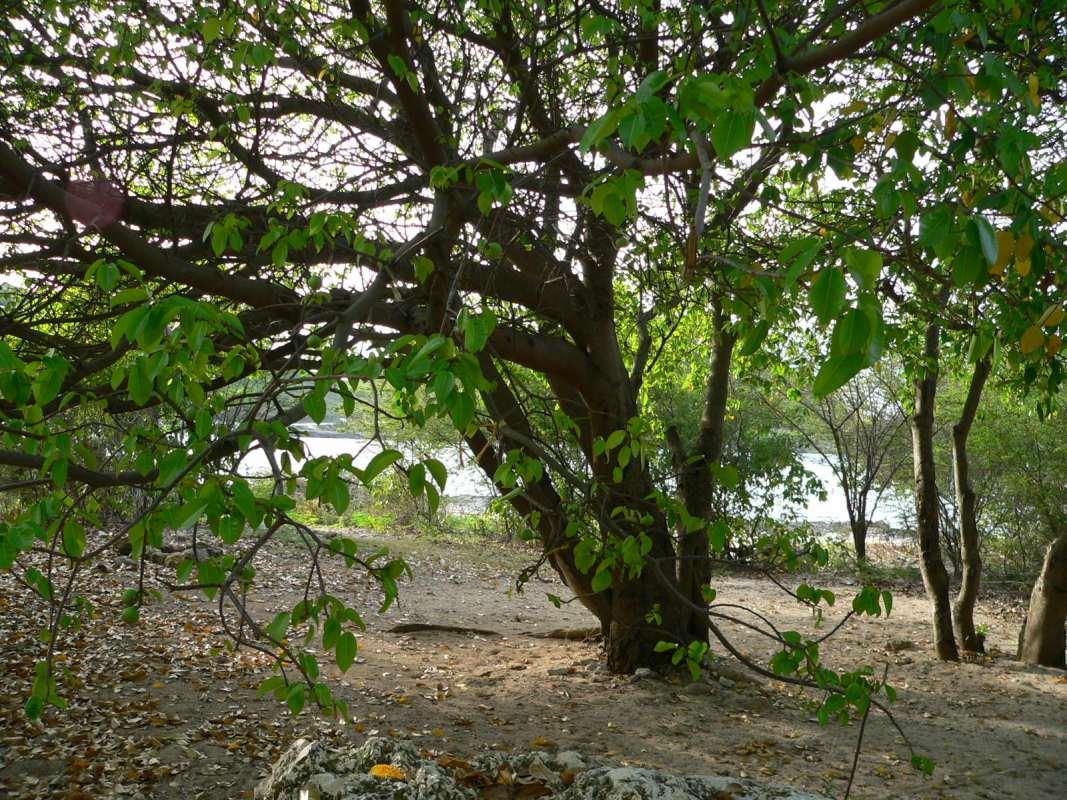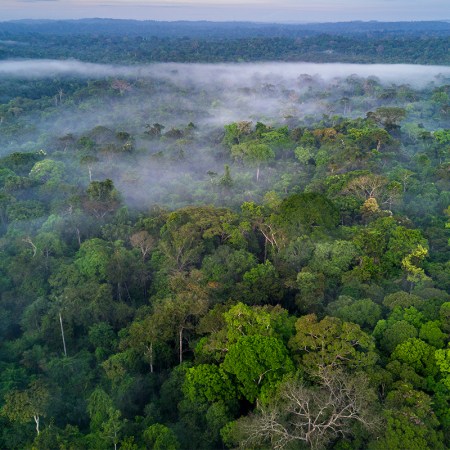When you think about deadly things in nature, what comes to mind? For most people, the answer relates to large predators — sharks and lions are both at home in the wild, and both are highly dangerous, and even deadly. But there’s another massive, deadly presence in the wild that doesn’t need to run or swim after you to have a lethal effect. It doesn’t even need to move, which is good — seeing as it’s a tree.
The tree in question is known as the manchineel — and, as this article in Southern Living points out, it’s often marked with paint to let passers-by know that they should stay away. That sense of foreboding extends to some of the nicknames the tree has picked up over the years, including manzanilla de la muerte, which the article notes can be translated as “little apple of death.”
What’s so poisonous about this tree? Everything. Writing at Vice in 2016, Sarah Emerson noted that “there’s not a single part of this fatal flora that won’t cause you pain, or at the very worst, an excruciating death.”
The manchineel also has a place in history that relates to the Spanish colonization of what is now Florida. As Kate Khavari wrote recently at CrimeReads, Juan Ponce de León learned about the manchineel the hard way. The explorer attempted to conquer the region on behalf of Spain. The indigenous Calusa people weren’t so keen on that idea, for obvious reasons, and coated their weapons with the tree’s sap.
In the conflict that followed, a sap-covered arrow struck Ponce de León in the leg, and its poison killed him several weeks later. It’s a reminder than something as innocuous as a tree can still be much more dangerous than you’d expect.
Thanks for reading InsideHook. Sign up for our daily newsletter and be in the know.


















